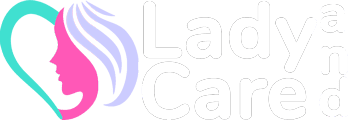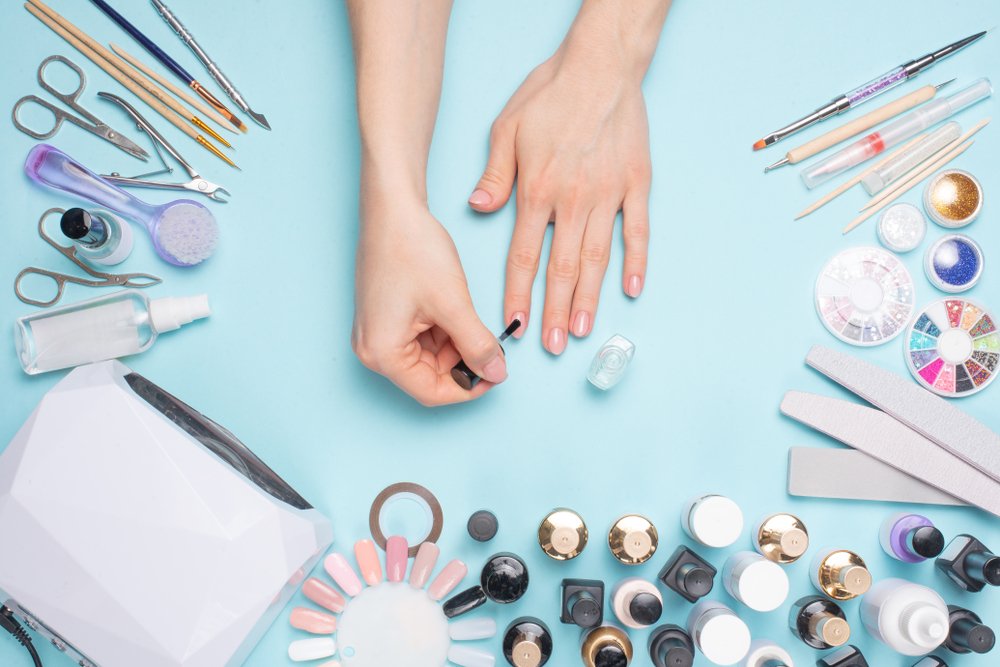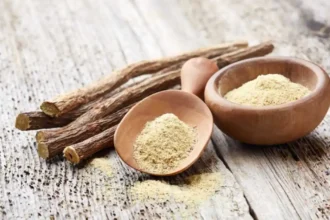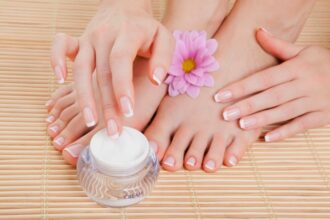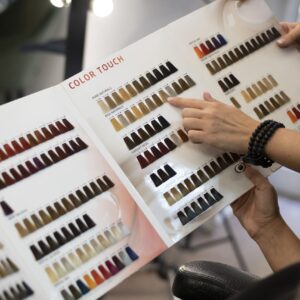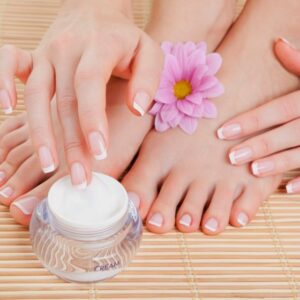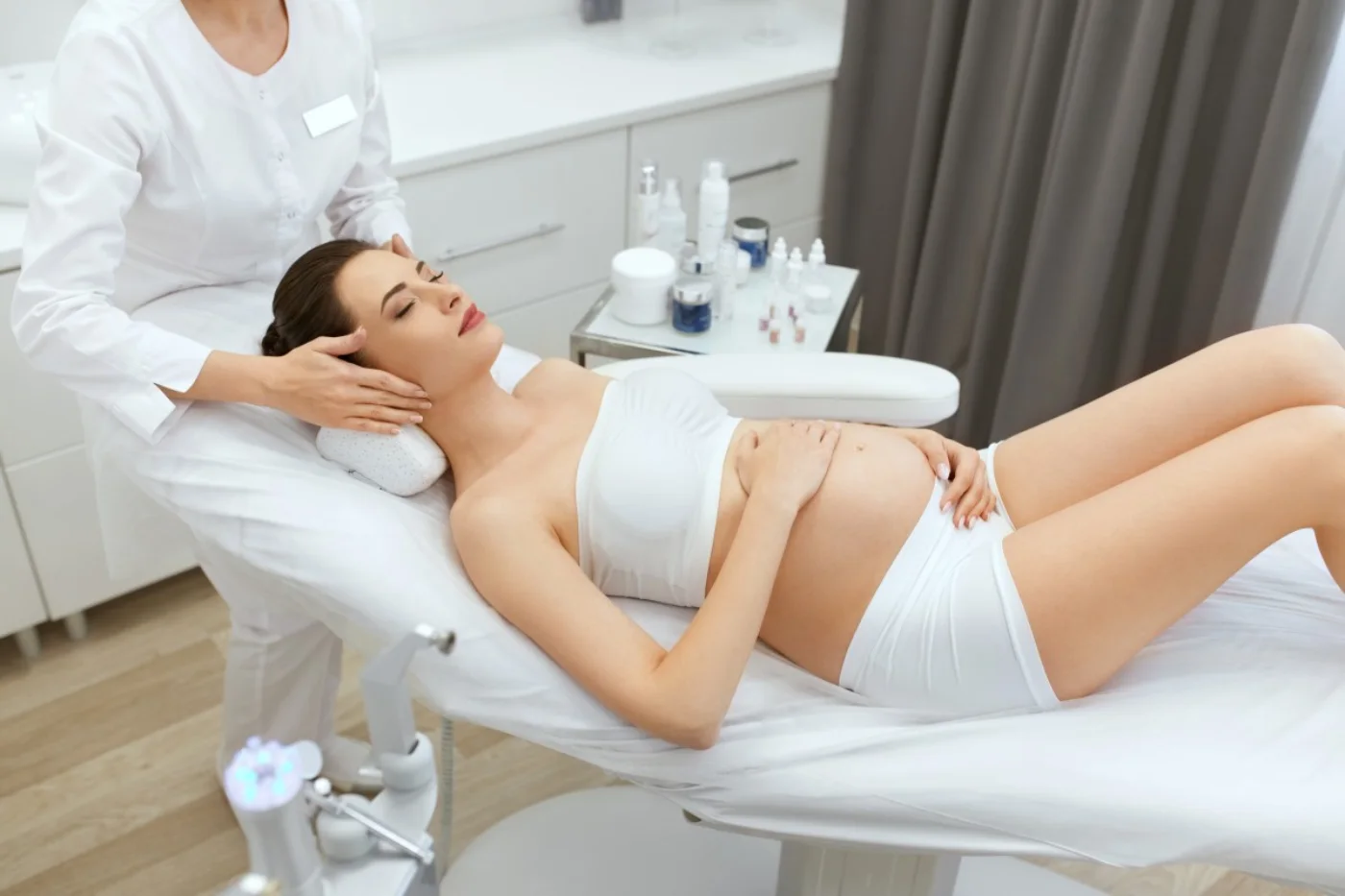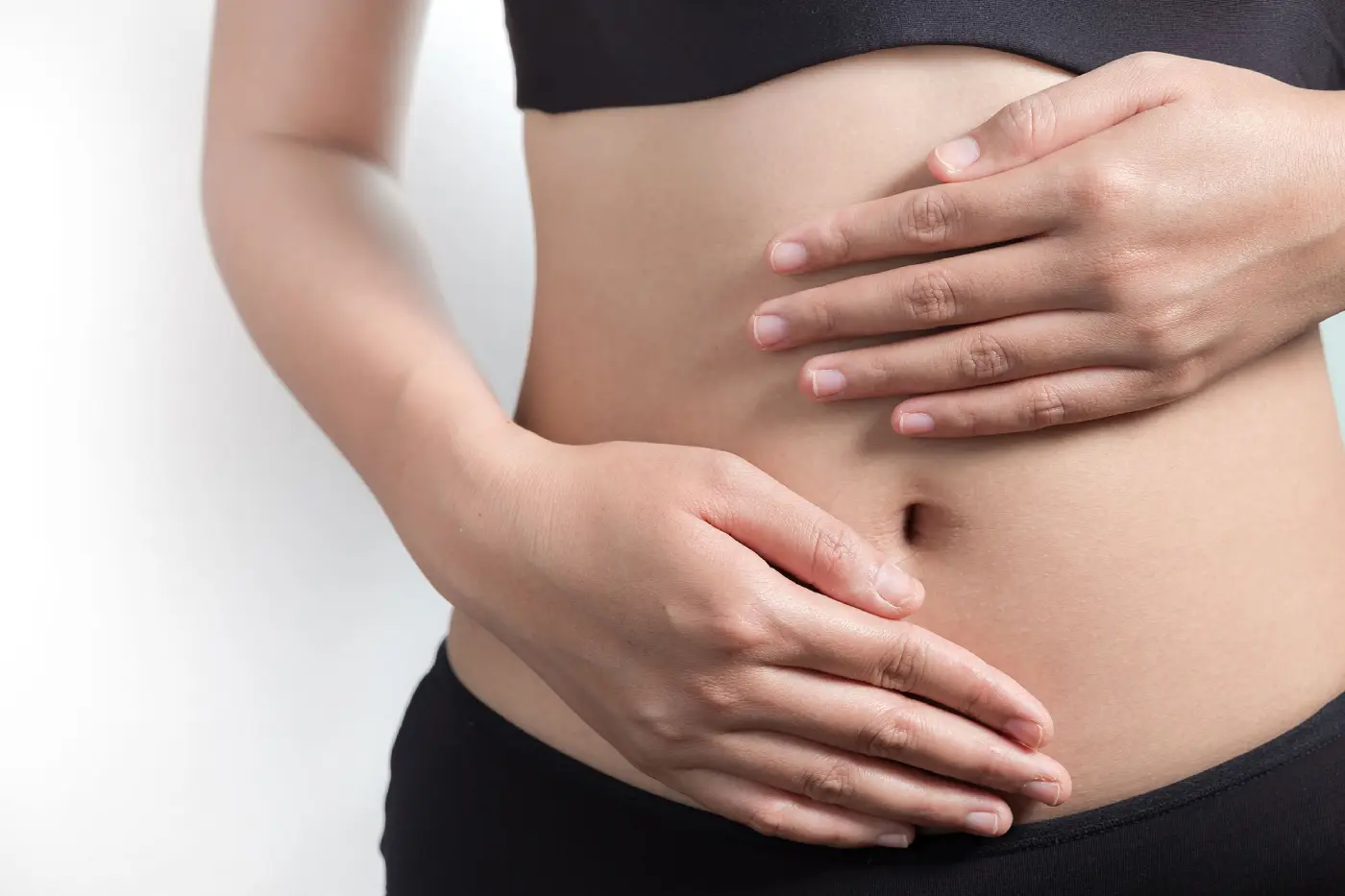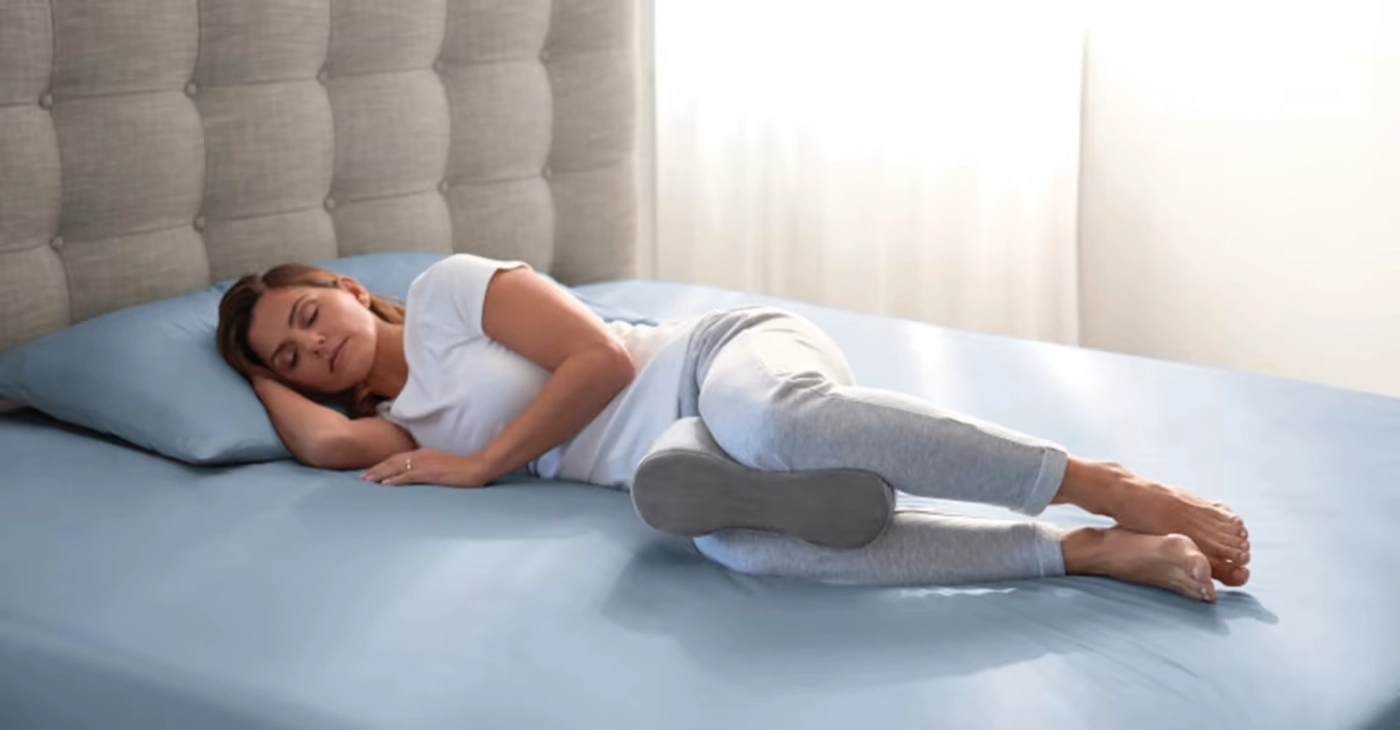Definition of nail care
Nail care is a series of steps and techniques aimed at maintaining the health and beauty of nails. It includes regularly cleaning, trimming, buffing, and moisturizing the nails. It is also recommended to avoid improper nail care techniques such as cutting nails improperly or using towels frequently to dry nails. Good nail care aims to maintain the freshness, strength, and avoid cracking, breaking, or flaking of the nails.
Principles of nail care
Here are some principles of nail care:
- Keep nails clean and dry: Regularly wash your hands and keep your nails free of dirt and bacteria.
- Don’t overuse nail products: excessive use of nail polish, removers, and other nail products can lead to damage and weakening of the nails.
- Keep nails trimmed: regularly trim your nails to prevent them from breaking or splitting.
- Moisturize nails and cuticles: use a moisturizing cream or oil to keep your nails and cuticles hydrated and healthy.
- Protect nails from damage: avoid using your nails as tools or biting them. Wear gloves while doing household chores or gardening.
- Maintain a healthy diet: Eating a balanced diet that includes vitamins and minerals can promote healthy nail growth.
By following these principles, you can maintain strong, healthy nails and avoid common nail problems.
Nail care procedure steps
here are the steps for a basic nail care procedure:
- Remove any existing nail polish with a non-acetone nail polish remover.
- Soak your nails in warm water for a few minutes to soften the cuticles.
- Use a cuticle pusher to gently push back the cuticles.
- Trim your nails to your desired length with a nail clipper.
- Use a nail file to shape your nails and smooth the edges.
- Apply a cuticle cream or oil to moisturize the cuticles.
- Apply a base coat of nail polish to protect your nails.
- Apply two coats of your desired nail polish color, allowing each coat to dry completely.
- Apply a top coat of nail polish to seal in the color and add shine.
- Allow the polish to dry completely before using your hands.
Note: These steps are for a basic nail care routine, and additional steps may be added for more advanced nail care or nail art procedures.
Nail Care tools
There are several tools that can help you take care of your nails. Here are some essential nail care tools:
- Nail clippers or scissors: Used to trim nails to the desired length.
- Nail file: Used to shape and smooth the edges of your nails.
- Cuticle pusher: Used to push back the cuticles gently.
- Cuticle nipper: Used to trim excess cuticles.
- Nail buffer: Used to smooth and shine the surface of your nails.
- Nail brush: Used to clean nails and remove dirt.
- Nail polish remover: Used to remove nail polish.
- Cotton pads or balls: Used with nail polish remover to remove nail polish.
- Base coat, nail polish, and topcoat: Used to apply color and protect your nails.
These are some of the essential nail care tools that can help you keep your nails healthy and beautiful.
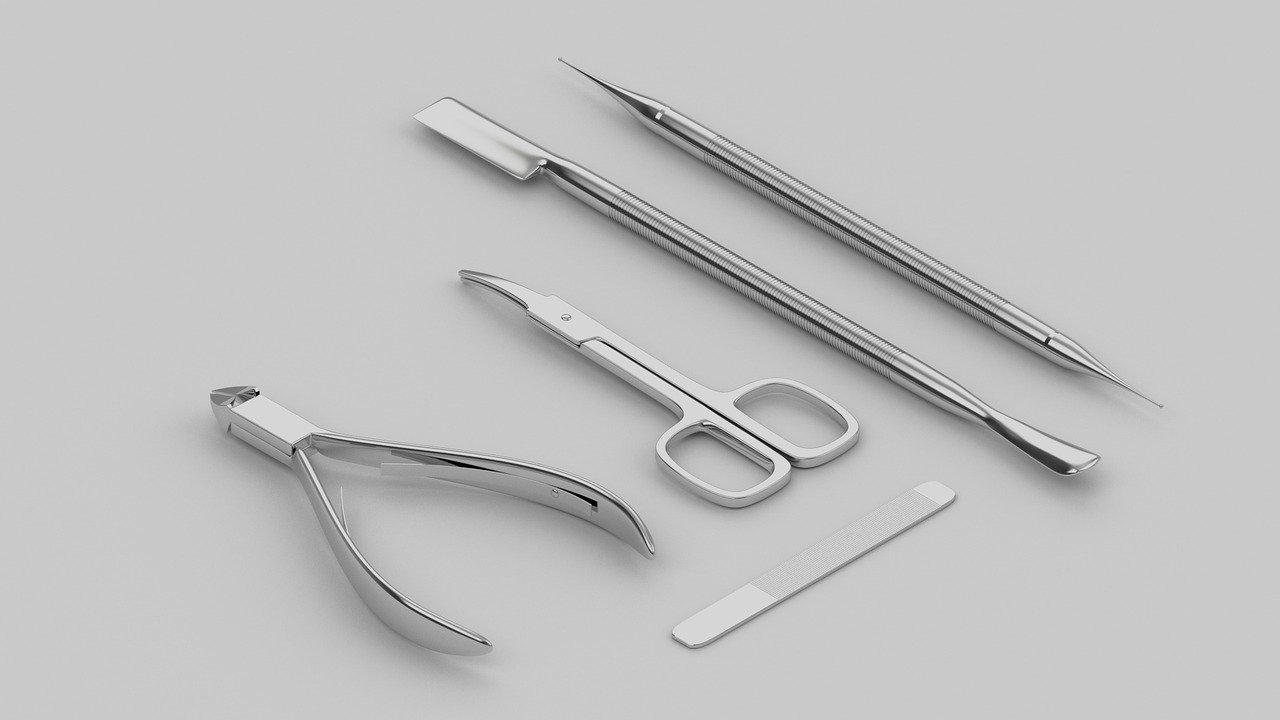
Nail care products
There are many different types of nail care products available, including:
- Nail clippers: used to trim and shape nails.
- Nail files: used to smooth and shape the edges of nails.
- Cuticle removers: used to soften and remove dead skin around the nails.
- Nail polish: used to add color and shine to nails.
- Base coat: applied before nail polish to help it adhere better and prevent staining of the nails.
- Top coat: applied after nail polish to protect it and add shine.
- Nail strengtheners: used to strengthen weak or brittle nails.
- Nail growth treatments: used to promote nail growth.
- Nail polish remover: used to remove nail polish.
- Nail oil: used to moisturize and nourish the nails and cuticles.
It’s important to note that some nail care products may contain harmful chemicals, so it’s important to read the ingredients list and use products that are safe for your nails and skin. Additionally, it’s important to maintain good nail hygiene practices, such as keeping nails clean and dry, to prevent infections and other nail problems.
What is clubbing nails
Clubbing nails, also known as digital clubbing, is a medical condition where the fingertips and nails become enlarged and the nails curve around the fingertips.
This can give the fingers a rounded appearance, and the nails may appear to be “club-shaped.” The nail bed may also feel spongy when pressed.
Clubbing nails can be a sign of an underlying medical condition, and it is important to see a doctor if you notice this symptom.
Some conditions that are associated with clubbing nails include:
- Lung diseases, such as chronic obstructive pulmonary disease (COPD), lung cancer, or pulmonary fibrosis.
- Heart conditions, such as congenital heart disease or endocarditis.
- Liver disease, such as cirrhosis.
- Inflammatory bowel disease, such as Crohn’s disease or ulcerative colitis.
- Infectious diseases, such as tuberculosis or HIV.
Clubbing nails can also be hereditary or idiopathic (meaning there is no known underlying cause). Treatment for clubbing nails involves addressing the underlying condition, so it is important to see a doctor for proper diagnosis and treatment.
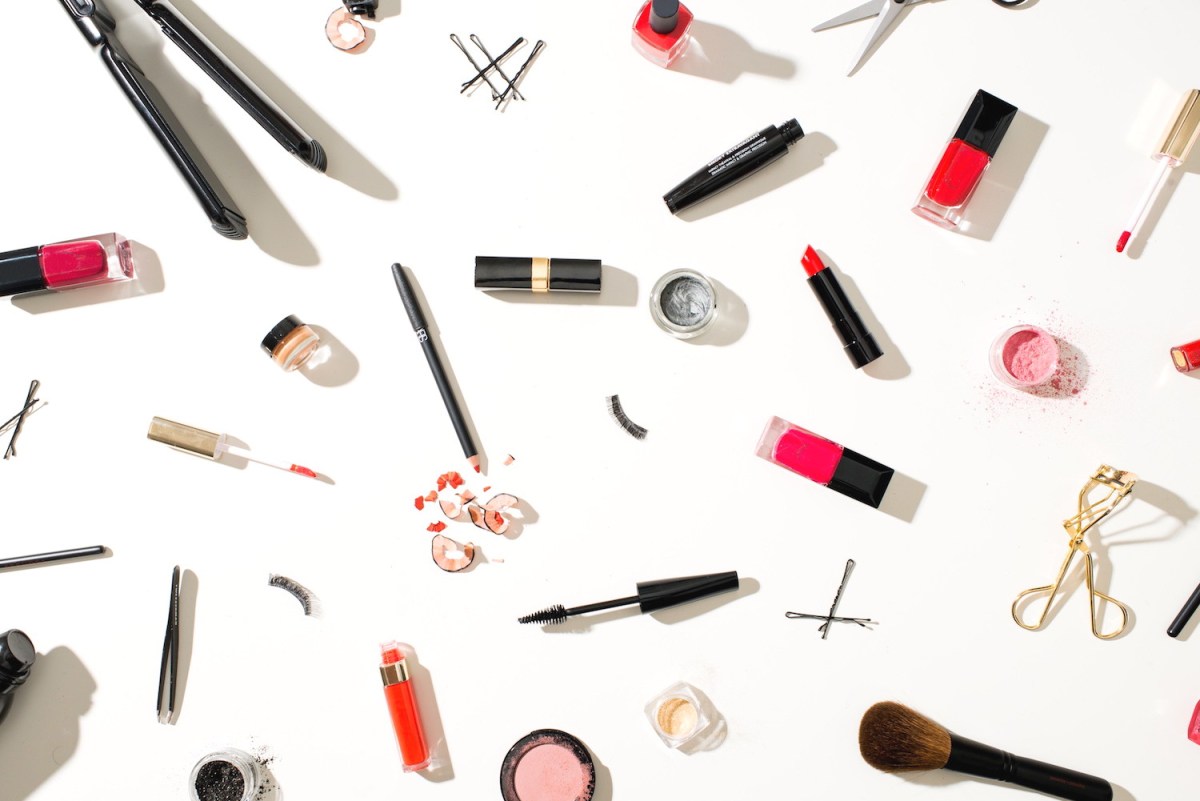
Nail clubbing treatment
The paragraph in the requested format:
The treatment of nail clubbing as a symptom of an underlying medical condition can be presented as follows:
- Treatment for nail clubbing depends on the underlying medical condition causing the symptom. In some cases, treating the underlying condition may help to improve or even resolve the nail clubbing.
- For example, if the nail clubbing is caused by lung disease, improving the nail clubbing may be possible after treating the lung disease. This could involve using medications to manage symptoms of the lung disease, or in some cases, surgery may be necessary.
- In cases where the underlying condition cannot be treated or cured, treatment may focus on managing symptoms of the nail clubbing. For example, moisturizing the nails and cuticles with nail oil may help to improve their appearance and prevent cracking or splitting.
- It is important to see a doctor if you have nail clubbing, as it can be a sign of a serious underlying medical condition. Your doctor may perform tests to determine the underlying cause of the nail clubbing, and recommend a treatment plan based on the results of those tests.
Conclusion
taking care of our nails is an essential part of our overall hygiene and self-care routine. By following some simple tips such as keeping our nails clean and dry, using moisturizers, and avoiding harsh chemicals, we can maintain healthy and beautiful nails.
It’s important to pay attention to any changes in our nails, as they can indicate underlying health conditions. By practicing good nail care habits and seeking medical attention when necessary, we can keep our nails looking and feeling their best. Remember, a little bit of care goes a long way in keeping our nails healthy and strong.

